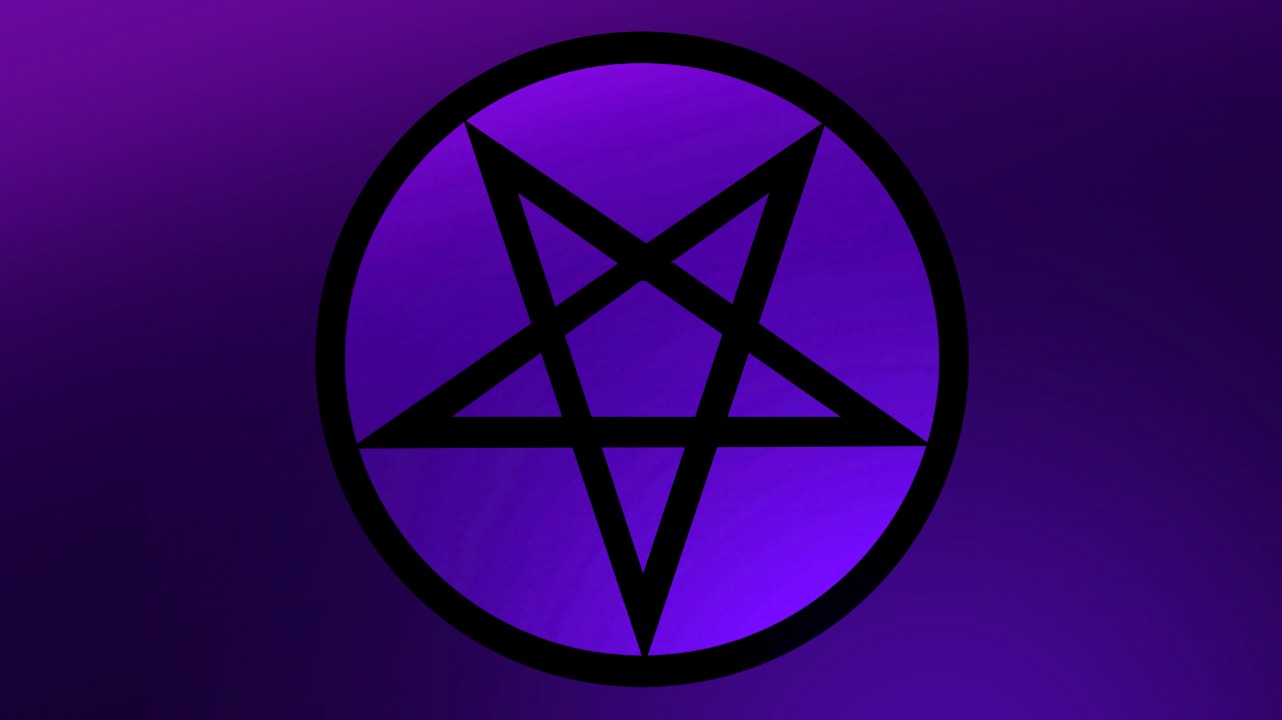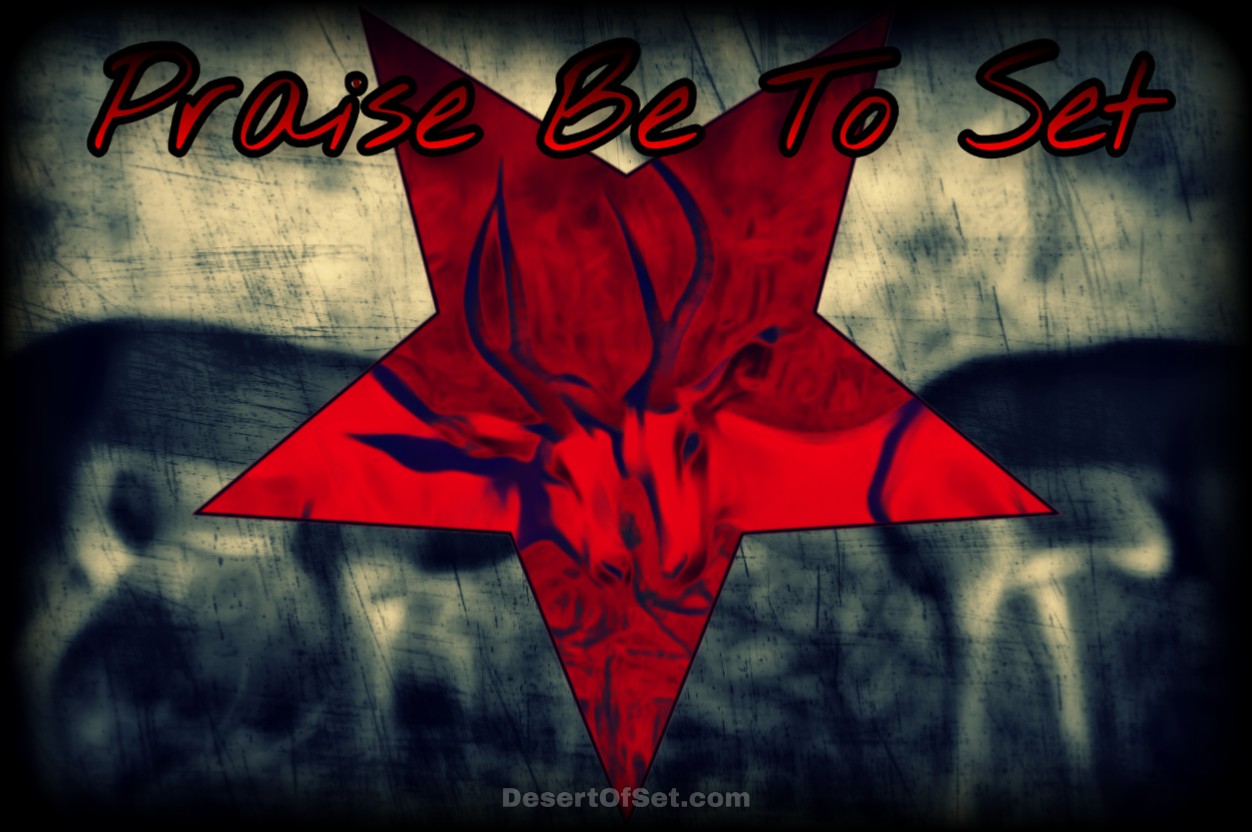Why I prefer to display my pentagrams with two points up.

The pentagram is a five-pointed star in a circle, and it is the most prominent symbol associated with Paganism today; but not everyone likes their pentagrams the same. Most often, you will see them with one point up, especially around Wiccans, who are the largest and most visible demographic beneath the Pagan umbrella. But occasionally you’ll see people arrange the symbol with two points up instead, and this sometimes provokes a negative reaction. I have actually been turned away from Pagan events before, believe it or not, just for wearing this kind of pentagram myself.
The reason for this prejudice stems from 19th century Europeans, who popularized the notion that pentagrams mean something different based on how they are drawn, and that this difference is somehow “ethical” in nature. They insisted that one-point-up pentagrams are “upright,” representing “goodness and light,” while two-point-up pentagrams are “inverted,” representing “darkness and evil.” The “inverted” pentagram with a goat’s head goes back to the French occultist Stanislas de Guaita in 1897, and it was later adopted by Anton LaVey as the Sigil of Baphomet in 1966. This has led people to assume that any pentagram with two points up is “satanic,” which isn’t true by a long shot. This symbol is held sacred and drawn differently in many traditions, and it means something unique to each one. Plus, it is hypocritical of Pagans to react so strongly to an image simply because it is linked with “the devil.” We ought to know better than to think people slash cats or eat newborns simply because of something they choose to wear.
I won’t outline the entire history of this symbol, or what it means to all the different belief systems that use it. I’d just like to explain what it means to me personally, and why I prefer to display it the way I do. As far as we Setians of the LV-426 Tradition are concerned, the two-point-up pentagram is not “inverted” AT ALL. We consider it to be exactly the way it should be: right-side up. In fact, whenever we see it displayed the Wiccan way, it looks upside down to us! But that’s OK, we just chalk the difference up to personal preference. A pentagram is still a pentagram, no matter which of its points are facing up or down, and since it is circular, there is no correct “This End Up” position whatsoever. Think of it as a wheel: does it matter which direction the spokes are pointing, as long as the wheel turns?

I don’t care much for de Guaita’s “goat’s head” pentagram, but only because I prefer to keep my pentagrams “empty.” When it’s just a plain old star in a circle with two points up, it indeed resembles the head of a horned animal; but the lack of additional illustration allows for imagining any number of horned critters in the symbol, not just goats. I imagine an antelope whenever I see it myself, which makes me think of Set in His form as the White Oryx. It also reminds me of His Imperishable Ones, the circumpolar stars of the northern sky. For me, this version of the pentagram is not a symbol of “evil” or “hatred for Wicca” at all. Unlike the Sha, it does not belong just to Set or to Setians, and it has only been adopted into the iconography we commonly share since the 1970s. But it is the first religious symbol apart from the Sha that ever made me stop whatever I was doing at the time and take a closer look. I’ve always felt Set looking back at me whenever I look into it, as well. Its soothing effect on me is so great, I wear it around my neck at all times to keep me mindful of Set’s presence (except when I’m showering).
It would be fantastic if people just ditched the “upright” and “inverse” verbiage altogether; it is divisive and small-minded. I prefer to call these images the “standing” and “horned” pentagrams, respectively, so as to break away from this pattern. When a pentagram is displayed with one point up, it is “standing” because it resembles a person doing aerobics, with their arms and legs outstretched. When it’s displayed with two points up, it’s “horned” because it resembles a goat, antelope, or deer. Neither one represents anything “bad” or “evil,” and whether you prefer one or the other is simply a question of aesthetics. There is absolutely nothing to stop a Setian from wearing a standing pentagram if it pleases her to do so; and there are British Traditional Witchraft covens that use horned pentagrams to represent some of their initiatory degrees. So things are not so clear-cut between the two pentagrams as certain “experts” have been insisting since the 1890s or so, and it would be nice if more Pagans understood this.

